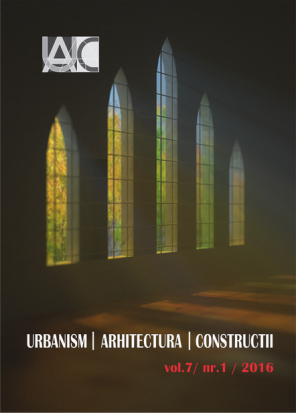Determining forest fund evolution by fractal analysis (SUCEAVA-ROMANIA)
Determining forest fund evolution by fractal analysis (SUCEAVA-ROMANIA)
Author(s): Radu Daniel Pintilii, Ion Andronache, Adrian Gabriel Simion, Cristian-Constantin Drăghici, Daniel Peptenatu, Ana-Maria Ciobotaru, Răzvan Cătălin Dobrea, Razvan-Mihail PapucSubject(s): Human Geography
Published by: INCD URBAN-INCERC
Keywords: deforestation; forest fund; territorial management; fractal analysis; lacunarity
Summary/Abstract: The main objective of this study is developing an analysis methodology for the forest fund dynamic. One of the most severe current issues which Romania faces is the extent of deforestation, under the pressure of economic activities, also affecting forest areas. The Global Forest Change 2000-2013 data, supplied by Maryland University, was used for the analyses conducted, being further subjected to a segmentation process, using the Colour Deconvolution plug-in of ImageJ 1.49s. The segmented images have been manually binarized, and based on the latter, the covered areas have been further calculated and expressed in km2. For this purpose, a macro was written, implemented in ImageJ 1.49s. The resulting binarized images have been fractal analyzed, using the software ImageJ 1.49s - FracLac 2015Mar6206 - Box-counting Fractal and Lacunarity Analysis. ArcGIS platform was used to draft the cartographic materials, justifying and supporting this study. The main results of this study comprise of the alarming increase in deforested areas and the large difference between official data and statistical data reported from the real field situation, which illustrates the high extent of illegal logging, reached lately. Coherent strategies for territorial management are highly required to reduce, halt and even fight against these illicit activities.
Journal: Urbanism. Arhitectură. Construcţii
- Issue Year: 7/2016
- Issue No: 1
- Page Range: 31-42
- Page Count: 12
- Language: English

